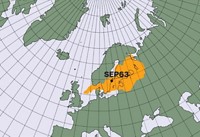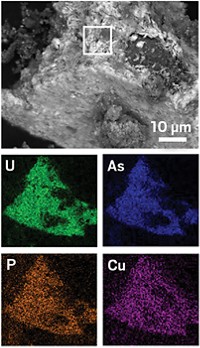Advertisement
Grab your lab coat. Let's get started
Welcome!
Welcome!
Create an account below to get 6 C&EN articles per month, receive newsletters and more - all free.
It seems this is your first time logging in online. Please enter the following information to continue.
As an ACS member you automatically get access to this site. All we need is few more details to create your reading experience.
Not you? Sign in with a different account.
Not you? Sign in with a different account.
ERROR 1
ERROR 1
ERROR 2
ERROR 2
ERROR 2
ERROR 2
ERROR 2
Password and Confirm password must match.
If you have an ACS member number, please enter it here so we can link this account to your membership. (optional)
ERROR 2
ACS values your privacy. By submitting your information, you are gaining access to C&EN and subscribing to our weekly newsletter. We use the information you provide to make your reading experience better, and we will never sell your data to third party members.
Environment
Colloids Take Plutonium For A Ride
October 30, 2006
| A version of this story appeared in
Volume 84, Issue 44
Data collected at one of the world's most contaminated nuclear waste sites show how radionuclides such as plutonium can be transported long distances in groundwater (Science 2006, 314, 638). For years, effluent from the Mayak nuclear waste reprocessing plant near Kyshtym, Russia, flowed into a small lake, contaminating local groundwater. Rodney C. Ewing of the University of Michigan, Ann Arbor, and his U.S., Russian, and French colleagues studied migration of actinides in the groundwater and found that, over 55 years, plutonium and uranium bound to iron oxide colloids have migrated as far as 4 km from the lake. The findings confirm that "colloids can be responsible for long-distance transport," Ewing says. The team notes plutonium and uranium could be transported in a similar way at other sites, such as the proposed Yucca Mountain repository in Nevada.





Join the conversation
Contact the reporter
Submit a Letter to the Editor for publication
Engage with us on Twitter